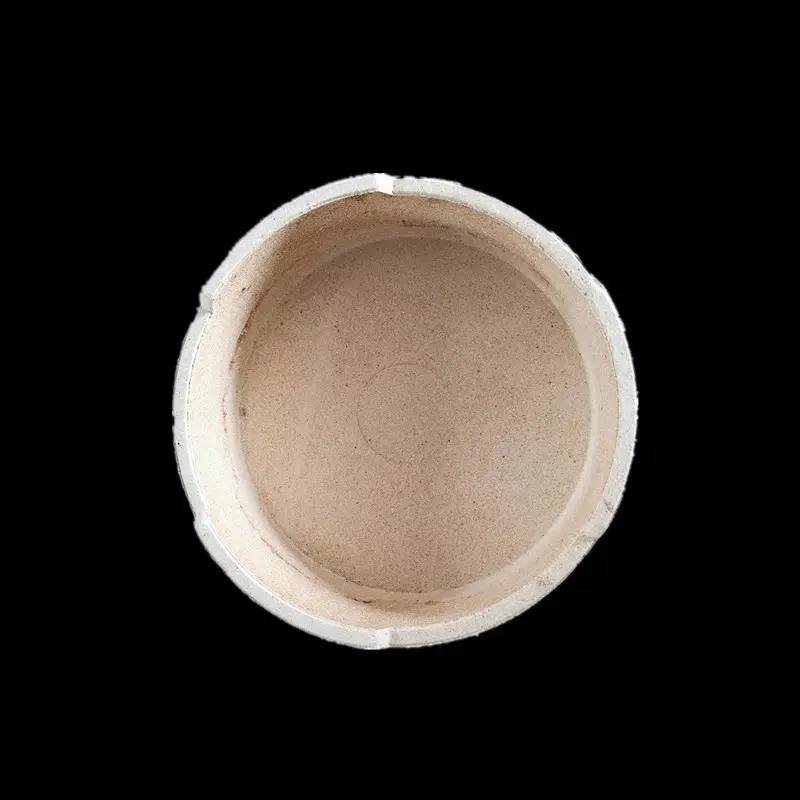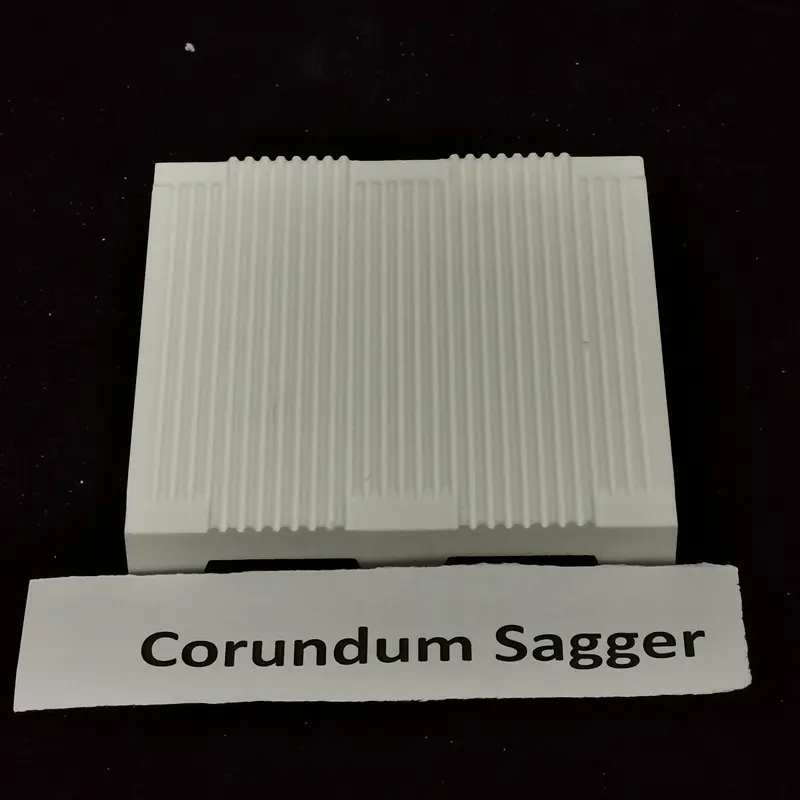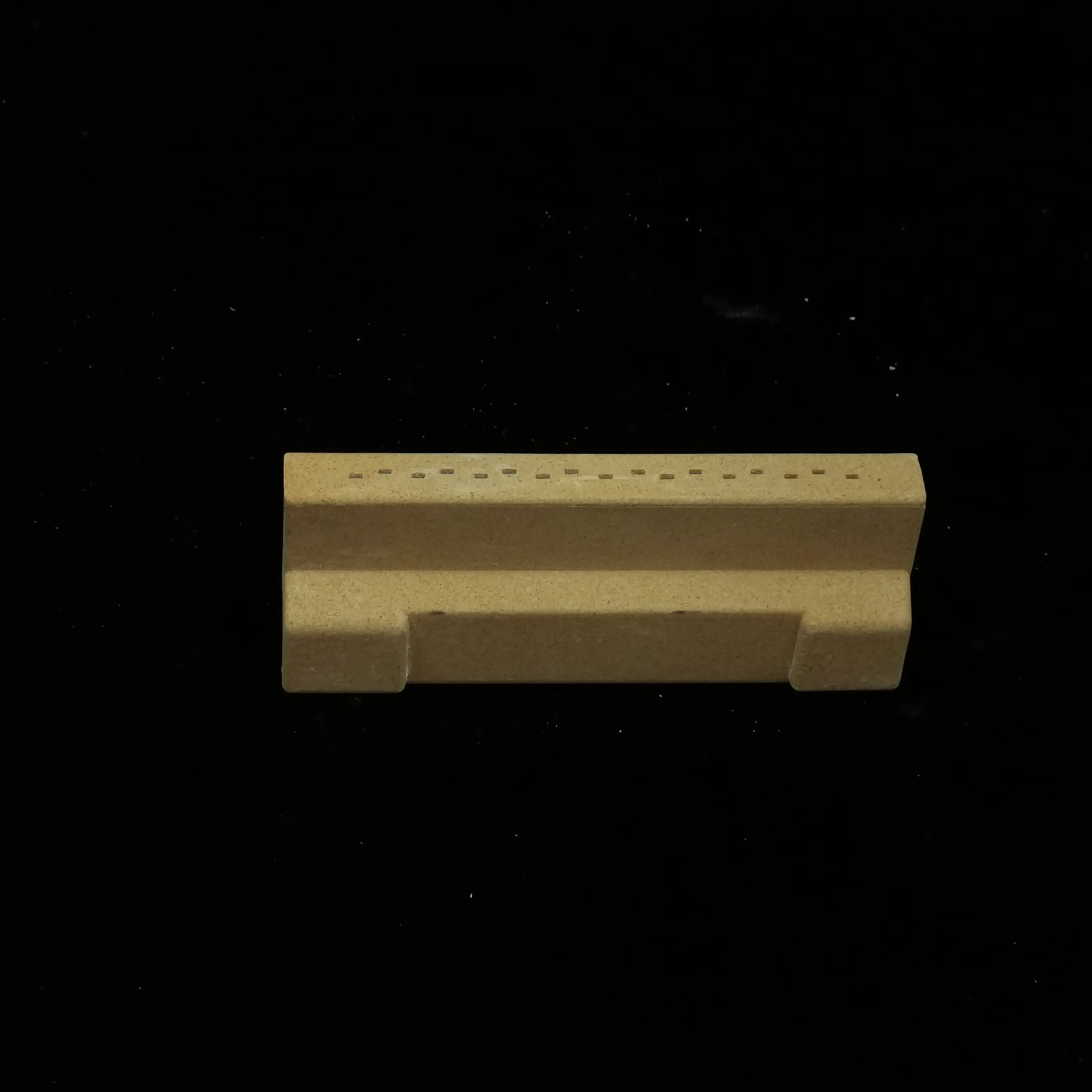Zirconia Setter Plates for barium titanate capacitors,thermistors, PZT piezoelectrics
Product Description
Dense Zirconia setter plates are hard, rigid,dry pressed and high fired structure, zirconia setter plates are excellent kiln furniture for firing piezoelectric parts and other electro-ceramics, such as barrium titanate(BaTiO3) capacitors. It is dimensionly stable to 1650 ℃. They are composed of zirconia, partially stablized with calcia, which is chemically inert and has good thermal shock resistance.It has exceptional resistance to oxidizing and reducing atmospheres at high temperature. It resists most corrosive environments , and contains no organic binders,produces no smoke and will not outgas.
Understanding Zirconia Setter Plates
Zirconia setter plates are specialized substrates made from zirconium dioxide (ZrO2), a material known for its exceptional thermal stability, mechanical strength, and resistance to chemical corrosion. These properties make zirconia an ideal choice for high-temperature applications, such as the sintering processes involved in the manufacturing of advanced ceramics.
During the sintering process, ceramic powders are compacted and heated to a temperature where they begin to fuse together, forming a solid piece. The choice of setter plate is critical, as it must withstand the high temperatures involved while also providing a stable and non-reactive surface for the ceramic components being processed.
Applications in Barium Titanate Capacitors
Barium titanate (BaTiO3) is a widely used dielectric material in capacitors due to its high permittivity and low loss characteristics. The production of barium titanate capacitors involves precise control over the sintering process to achieve the desired electrical properties. Zirconia setter plates are employed to support the barium titanate during sintering, ensuring uniform heating and preventing warping or distortion of the ceramic components.
The use of zirconia setter plates in this context not only enhances the quality of the final product but also improves the overall efficiency of the manufacturing process. By providing a stable platform, these plates help to minimize defects and ensure that the capacitors meet stringent performance standards.
Thermistors and Their Dependence on Zirconia Setter Plates
Thermistors, which are temperature-sensitive resistors, also benefit from the use of zirconia setter plates during their production. The materials used in thermistors often require precise sintering conditions to achieve the desired electrical characteristics. Zirconia setter plates provide the necessary thermal stability and support, allowing for consistent results across batches.
The ability of zirconia to withstand high temperatures without deforming or reacting with the ceramic materials makes it an indispensable tool in the production of thermistors. This reliability translates into better performance and longevity of the thermistors in various applications, from consumer electronics to industrial sensors.
PZT Piezoelectrics and the Importance of Quality Setter Plates
PZT piezoelectrics are another critical application where zirconia setter plates play a vital role. These materials are used in a variety of devices, including actuators, sensors, and transducers, due to their ability to convert mechanical energy into electrical energy and vice versa. The sintering process for PZT materials is particularly sensitive, requiring precise temperature control and uniform heating.
Zirconia setter plates provide the necessary support during this process, ensuring that the PZT components maintain their shape and properties. The high thermal conductivity and stability of zirconia help to achieve optimal sintering conditions, resulting in high-quality piezoelectric devices.
Conclusion
In summary, zirconia setter plates are essential components in the manufacturing of advanced ceramics, particularly in the production of barium titanate capacitors, thermistors, and PZT piezoelectrics. Their unique properties, including thermal stability, mechanical strength, and chemical resistance, make them invaluable in ensuring the quality and performance of these critical electronic components. As technology continues to advance, the role of zirconia setter plates will remain pivotal in the development of next-generation ceramic materials and devices.




